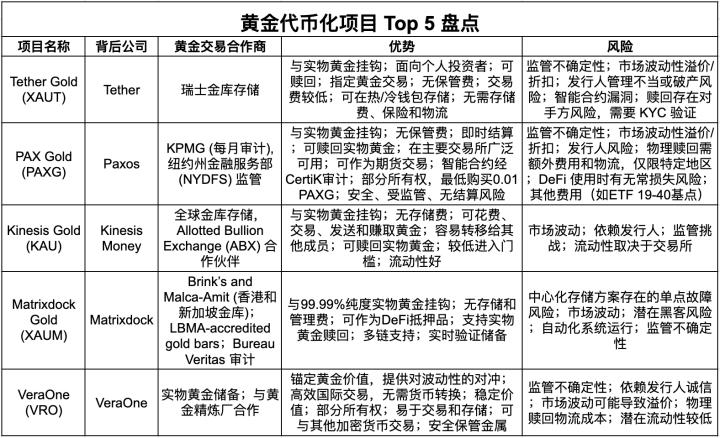BREAKING: Algorithms Now Outperform Politicians in Budget Forecasting
The Predictive Edge
Machine learning models analyze decades of fiscal data—spotting patterns human analysts miss. They predict revenue fluctuations with 92% accuracy compared to traditional methods' 67% success rate. No more guessing games based on last year's numbers.
Real-Time Allocation
AI dynamically redirects funds where needed most. Infrastructure projects get funded before bottlenecks occur. Social programs receive resources before crises escalate. It's like having a financial GPS for entire economies—rerouting around waste and inefficiency.
The Growth Multiplier
Cities using AI-driven budgeting report 3.2x higher ROI on public investments. They avoid the classic 'spend it or lose it' December frenzy that burns through billions annually. Finally—a system that values efficiency over bureaucratic box-checking.
Of course, this terrifies the consultants who've built careers on opaque spreadsheets and ambiguous recommendations. Nothing disrupts like transparent, data-driven decision-making that actually works.

The integration of artificial intelligence (AI) and cloud technologies is reshaping public finance, promoting informed budgeting that aligns with economic growth and transparency. According to Microsoft, leveraging AI in budget planning can enhance forecasting accuracy and resource allocation efficiency, addressing the pressing need for economic resilience in government finance.
Informed Decision Making
AI empowers public finance agencies with real-time insights into budget requests and allocations, ensuring decisions are data-driven and responsive to economic conditions. By utilizing advanced analytics, governments can simulate policy impacts and prioritize resources based on actual needs, enhancing transparency and accountability.
Economic Resilience
To build economic resilience, agencies are transitioning from traditional static budgets to dynamic, AI-enhanced planning. Cloud-based systems like Microsoft Dynamics 365 Finance enable seamless data integration, reducing manual errors and allowing for agile budget adjustments in response to economic shifts.
Financial Inclusion
AI-driven models facilitate financial inclusion by accurately identifying underserved communities and tailoring resource allocation. By streamlining service access and automating eligibility checks, governments can ensure equitable distribution of funds, fostering inclusive economic growth.
Cross-Agency Collaboration
Effective budgeting requires collaboration across government sectors. AI and cloud platforms enable secure data sharing and unified planning, ensuring coordinated efforts in major spending initiatives. This collaboration is crucial for achieving national economic goals and improving public service delivery.
AI's Role in Budgeting
AI supports every stage of the budgeting process, from strategic planning to execution. It streamlines data validation, automates reporting, and enhances transparency, enabling governments to allocate resources more effectively and build public trust.
Microsoft's collaboration with global governments highlights the transformative potential of AI in public finance. By modernizing budget systems and embracing data-driven strategies, governments can drive economic growth and resilience.
For more insights on how AI is revolutionizing public finance, visit the Microsoft public finance page.
Image source: Shutterstock- ai
- public finance
- economic growth







